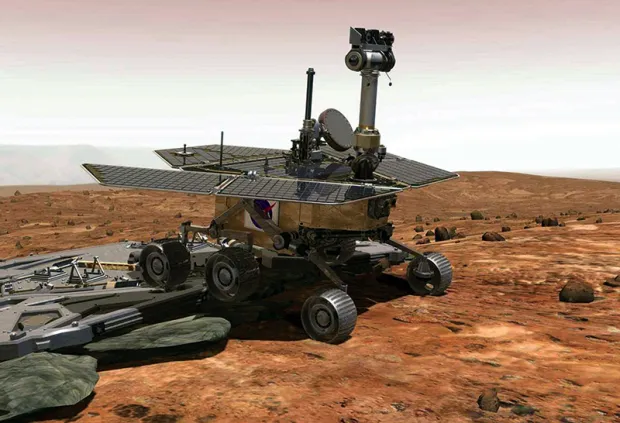Finding life on another planet has always been fascinating for us as human beings. Till now countries around the world has conducted multiple space missions. All of them were having one goal in mind to find another life on another planet or to find if there is any other habitual planet. Of all the space missions, Rover missions are my favourite. Rover are actual robots who actually walk on the planet. In this article we will be looking at top incredible robots that actually walked on another planet and did scientific research there.
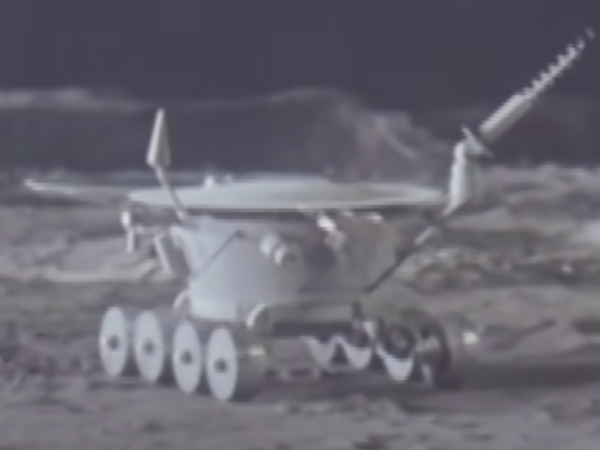
Lunokhod 1 was the first robotic rover to walk on another celestial body. It was launched on 10th of November 1970 and landed on 17th of November 1970. Primary objective of Lunokhod 1 rover was to to explore the lunar surface, perform scientific experiments, and send the findings back to earth.
Lunokhod 1 provided valuable data and images of the lunar surface and played a crucial role in advancing our understanding of the Moon’s geology and environment. It remains a significant milestone in space exploration history.
2. Sojourner Rover (USA-NASA)
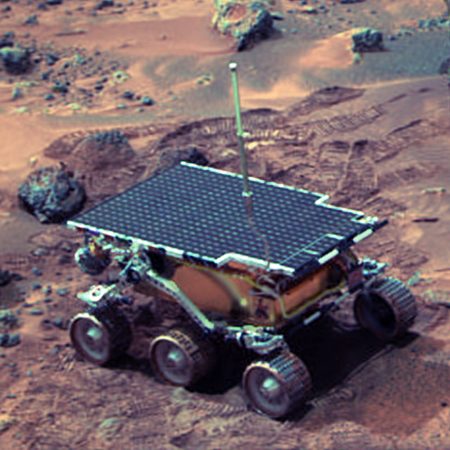
Sojourner is the first ever robotic rover to operate on Red Planet. It was part of NASA’s Mars Pathfinder mission. It was launched in December 4, 1996 and landed on July 4, 1997.
Sojourner was a small, solar-powered rover that stood about 65 centimeters (25.6 inches) tall. It weighed roughly 10.5 kilograms (23 pounds). It had a six-wheeled design, with each wheel independently motorised for better mobility. The rover’s maximum speed was around 1 centimeter per second (0.04 inches per second).
Sojourner rover was active for 85 earth days on mars and traveled total distance of 100 meters. Last signal from rover received on October 7th 1997.
Sojourner’s success laid the foundation for more advanced rovers like Spirit, Opportunity, Curiosity, and Perseverance, which followed in its footsteps to continue exploring and studying the Red Planet.
3. Spirit (USA)

Spirit rover was one of the two rovers of NASA’s Mars Exploration Rover mission. It was launched on June 10th, 2003. I took around 7 month to reach Mars. Spirit landed on Mars surface on January 4th, 2004.
Spirit rover was bigger in size as compared Sojourner rover which we discussed earlier. It was 1.5 meters(4.9 ft) high, 2.3 meters(7.5 ft) wide and 1.6 meters(5.2 ft) long. It was weighing 180 kg(400 lb).
Spirit was active on Mars for 6 years 77 earth days more than planned operation of 92.5 earth days. Spirit rover traveled total distance of 7.73 km(4.8 miles).
Spirit rover was carrying multiple science instruments including PanCams, NavCams, Spectrometers, Rock Abrasion tools etc. Rover did multiple scientific experiment on Mars soil, surface, rocks and atmosphere.
Spirit got stuck in sand on May 1, 2009 but continued to do scientific experiment from stationary position till March 22,2010.
4. Opportunity (USA)
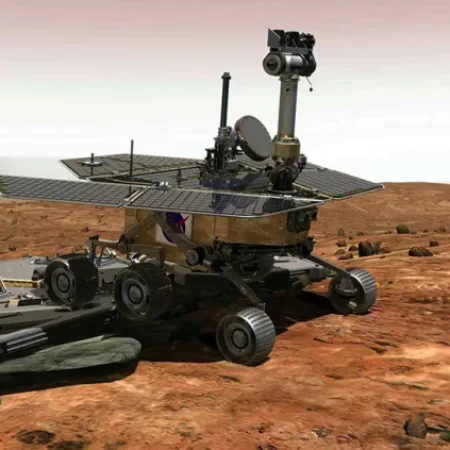
Opportunity rover was second rover of NASA’s Mars Exploration Rover mission. It was launched on July 7th 2003, one month after the launch of its twin Spirit rover. Opportunity landed on Mars surface on January 25th, 2004.
Structure and size of Opportunity rover was similar to its twin Spirit rover. It was also carrying same scientific payload as Spirit rover that we discussed in earlier section.
Opportunity rover was operational for 14 years and 138 days more than planned operation of 92.5 earth days. Opportunity rover traveled total distance of 7.73 km(4.8 miles).
In early June 2018, Opportunity got stuck in large sand storm and because of the dust it was difficult for Opportunity to charge its battery. NASA declared termination of mission in February, 2019 after its last contact to rover in June 10, 2018.
5. Yutu-2 (China)
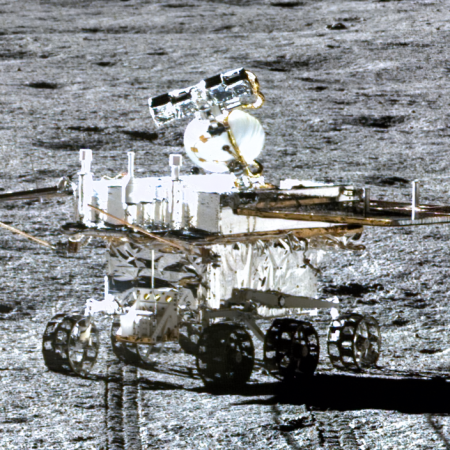
Image Credit: CSNA/Siyu Zhang/Kevin M. Gill – ChangE-4, Yutu-2 under CC BY 2.0
Yutu-2 is China’s lunar rover. It is part of CNSA’s chang’e 4 mission to moon. Yutu-2 was launched on December 7,2018 and it did soft landing on far part of the moon on January 3, 2019. This rover is currently operational and longest lived rover on lunar surface till date.
By January 2022, Yutu 2 traveled total distance of 1000 meters. The rover measures 1.5 × 1.0 × 1.0 m (4.9 × 3.3 × 3.3 ft) and weighs 140 kg (310 lb).
Yutu-2 have multiple scientific instruments including panoramic camera, Lunar Penetrating radar (LPR), Near Infrared Imaging Spectrometer etc.
6. Zhurong (China)
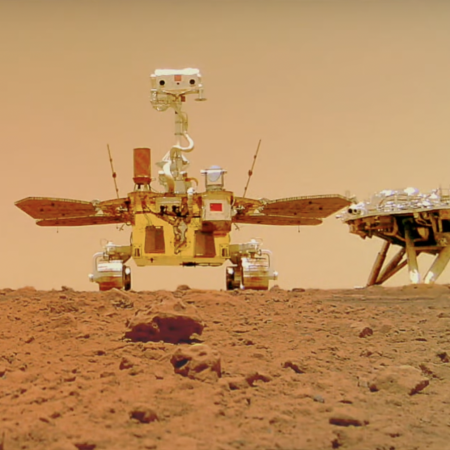
Zhurong was China’s Mars rover launched on July 23, 2020. Zhurong did soft landing on mars surface on May 14 2021. After landing Zhurong on Mars, china became first country to land a rover on Mars surface.
Zhurong was operational for 356.5 earth days. Rover became inactive on May 20, 2022 because of the sandstorm and martian winter.
Zhurong traveled total distance of 1921 meters. The rover measures 1.5 × 1.0 × 1.0 m (8 ft 6 in × 9 ft 10 in × 6 ft 1 in) and weighs 240 kg (530 lb).
7. Curiosity (USA)
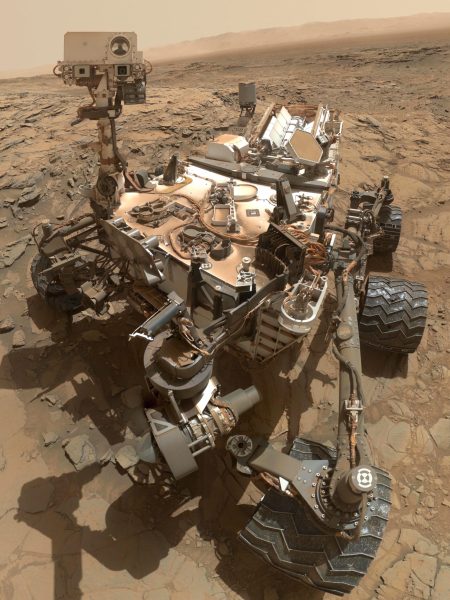
8. Perseverance (USA)
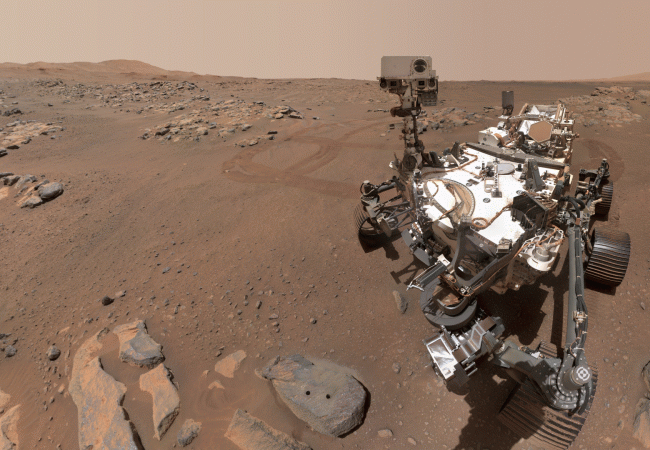
9. Pragyan (India)
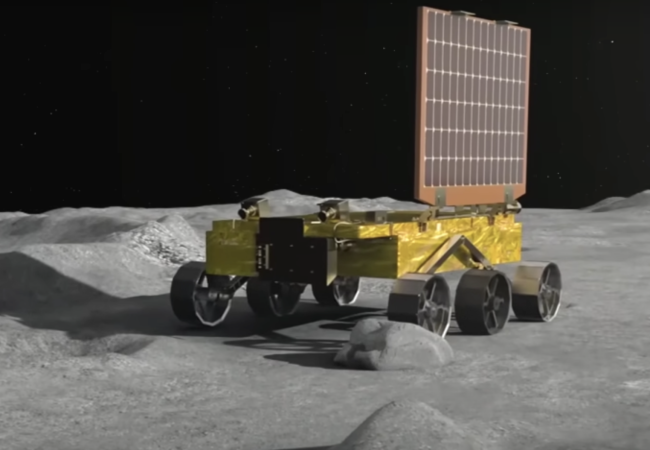
Pragyan rover is lunar rover and it is a part of ISRO’s Chandrayan-3 mission. It is launched on July 23, 2023 and landed on moon surface on August 23, 2023.
With Pragyan rover India became first country to land on moon’s south pole. Pragyan has a mass of about 27 kg (60 lb) and dimensions of 0.9 m × 0.75 m × 0.85 m (3.0 ft × 2.5 ft × 2.8 ft).
Pragyan uses solar power to function. Pragyan rover is intended to travel 500 meters with the speed of 1 cm per second.

